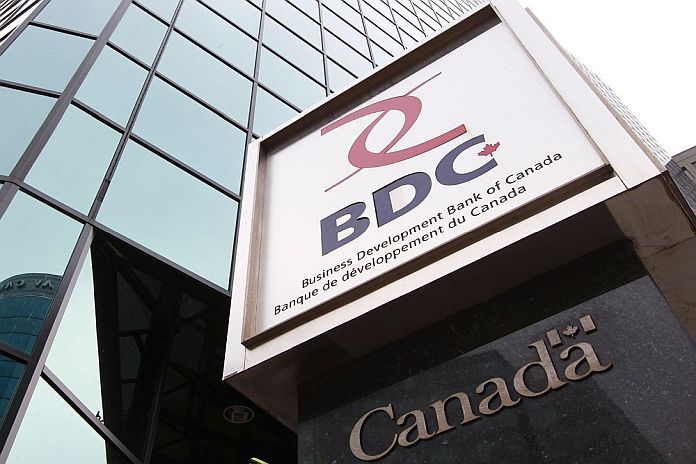It pays to take care of existing customers
Finding new customers is crucial to the growth and success of your business. But entrepreneurs shouldn’t forget there is huge potential for revenue in their list of existing customers.
Selling to a new client cost five to 25 times more than to an existing client, according to the Harvard Business Review.
A sound sales follow-up strategy is a great way to boost your revenues by selling more to existing customers and by getting referrals to new customers.
The period immediately following a sale is what is often called “the honeymoon phase,” when there’s a certain level of excitement on both sides. The client has just fulfilled a need or solved a problem; your company has closed a deal.
But this is also a vulnerable time. Your attitude in this phase can make or break the future relationship with the customer.
Here are five simple steps to effectively follow-up after a sale.
- Send a note to say thank you
Some companies send emails. Others say it with a card they enclose with the invoice. Whatever your method, it’s important to say thanks after making a sale as part of making it a good experience for your client.
You can include messages such as “We are here for you” in your thank you note. Also make sur the note contains contact details and the name of a person who can be reached in case the client has an issue or question. Ideally, that person should be the account manager or salesperson who handled the transaction since that is the employee the client knows and trusts.
- Check in
It’s a good strategy to call clients a week or two after the sale and find out how everything is going. Are they happy with their purchase? How was the service they received? Do they have any questions? But don’t overdo it. The customer’s time is precious. Especially, avoid trying to make a sale at this stage. Instead, listen to your customer’s needs and opinions, and try to resolve any issue they might have.
- Keep the lines of communication open
Ask your clients for permission to communicate with them. Then send helpful information and advice based on their needs and interests. Focus on high-value content, such as guides, articles or educational webinars. This is the phase of consolidating the trust between you and your client.
- Think second sale
Talking to existing clients who already bought might seem like a waste of time, but it is actually the key to future sales. Regular contact will help you understand their needs, give you ideas about product improvements and set the stage to offer a complementary product.
By creating a relationship, you are going beyond a simple transaction and giving yourself an opportunity to offer more products or services to the client.
- Ask for referrals
Happy customers will refer you other customers. When a recommendation comes from someone who has actually used your services, it has an extra layer of credibility and trust. Delighted clients make the best advocates because third-party claims of excellence carry more weight than self-promotion. For the most part, customers are willing to refer because they know how important referrals are and people like to help.
A post-sales plan should be a part of every company’s sales and marketing strategy.
Here’s how the follow-up will help you.
- Boost your sales—Happy customers are more likely to come back and buy more.
- Increase customer retention—Satisfied customers are more loyal.
- Generate customer testimonials and referrals—Future clients will be more willing to trust you if you show them case studies that include quotes and names.
- Improve your performance—Customer feedback will help you improve your products or fix service problems.
- Innovate—By listening to customers’ needs and problems, you are gathering invaluable intelligence to create new products or services.
- Differentiate—By following up, you’re doing something most businesses don’t bother with and that sets you apart from the herd.
Source: BDC





